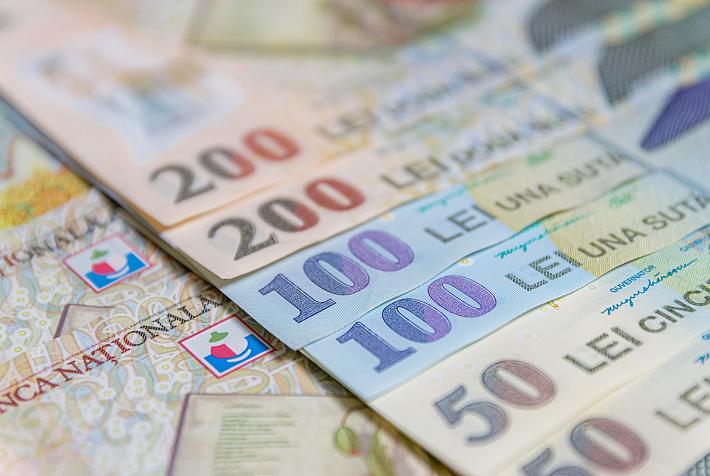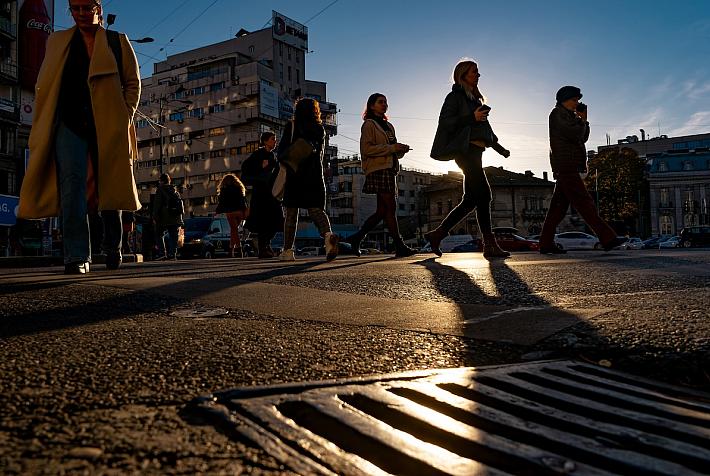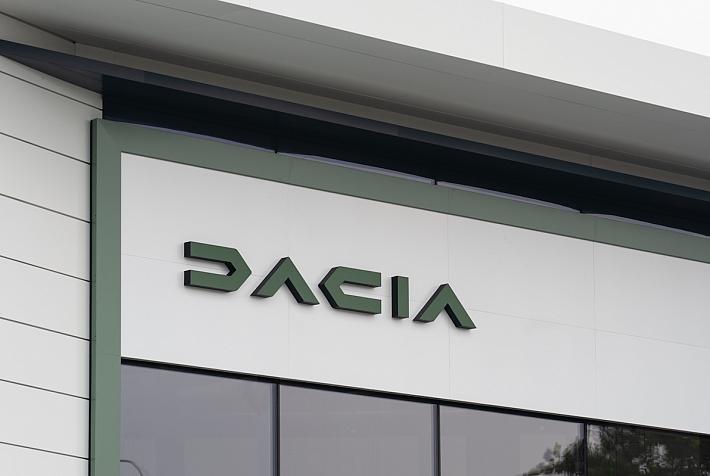Romanian Royal House bill, unclear on funding aspects

The 2017 bill concerning the status of the Romanian royal house regulates the legal status of the institution and stipulates that the maintenance of the institution is provided from public funds. However, the project, which is discussed in the Senate commissions, remains unclear when it comes to outlining the amount of money needed.
In its latest form, the project was initiated in 2017 by Senate president Calin Popescu-Tariceanu and Chamber of Deputies speaker Liviu Dragnea, also the leaders of the governing coalition. It is the second one, after a 2016 project initiated by deputy prime minister Vasile Dîncu and by Sorin Chelmu, the general secretary of the Dacian Cioloș government, Pressone.ro reported.
While the 2016 one remained only a project, the 2017 legislative proposal came close to being adopted by the Senate, which passed a proposal to adopt it under an emergency procedure in November of last year, before King Michael I passed away. To many pundits, the bill makes the Royal House dependent on the ruling political party as the government decides the yearly budget it receives.
Both projects give the Royal House the status of an autonomous public utility legal entity that is apolitical. They also stipulate that the maintenance expenses of institution are provided from the state budget, and that the funding for the Royal House’s public activities, projects and programs comes from both its own sources and from the state budget.
The two projects differ however on a monthly compensation that could be given to the head of the Royal House. The 2016 text stipulated a monthly pay equivalent to that of a former head of state. The 2017 one, which entered debate in the Senate commissions, eliminates the reference to a monthly pay and stipulates that the status of the head of the Romanian Royal House is honorary, and the position is equivalent to that of a former head of state.
Another major difference refers to the use of the Elisabeta Palace in Bucharest, which has been so far the official residence of the royal family. The 2016 project stipulated that the Royal House can use it for free for 99 years, while the 2017 one for only 49 years, Pressone.ro reported.
The free use of the Elisabeta Palace was included in the draft law signed by Liviu Dragnea and by Călin Popescu Tăriceanu, and introduced in the Senate in November of last year. The initiative received a negative opinion from the government of Mihai Tudose. It is set to receive a report from the Senate’s Judicial and Culture Commissions.
While the former prime minister said the Royal House was willing to pay “any rent” but asked for a grace period of one year, the Royal House said it did not receive any offer from [the Administration of the State Protocol Patrimony] RAAPPS to rent the palace. The royal family also said it would move out of the palace by February 5, as it is stipulated by current legislation.
The late King Michael I received the right to use of the Elisabeta Palace in 2001, because of his status as a former head of state.
When rejecting the royal house bill, the government said that the source and the amount of funds that could be directed towards the Royal House is not clear. On the topic, Călin Popescu Tăriceanu said at end of last year that no money will be given to the Royal House but the law includes a provision about the existence of a working staff to help the Royal House perform its public representation duties. This would be paid for from the state budget, yearly, through a government decision.
The Royal House approved so far only the 2016 project, which it said it “meets the approval of the Royal Family, of the government, and of the parliamentary parties.” It gave no public opinion on the 2017 project.
The fortune of the Romanian royal family was estimated at EUR 65 million in 2017, according to the latest edition of Top 300 Richest Romanians put together by weekly magazine Capital. In a 2013 interview for Forbes Romania, Ion Tucă, the director of the Royal House, estimated the king’s revenues to amount to EUR 22,100 per month. The sum covered the renting of the Peles Castle to the Culture Ministry and the renting of several properties on Prahova Valley.
editor@romania-insider.com












